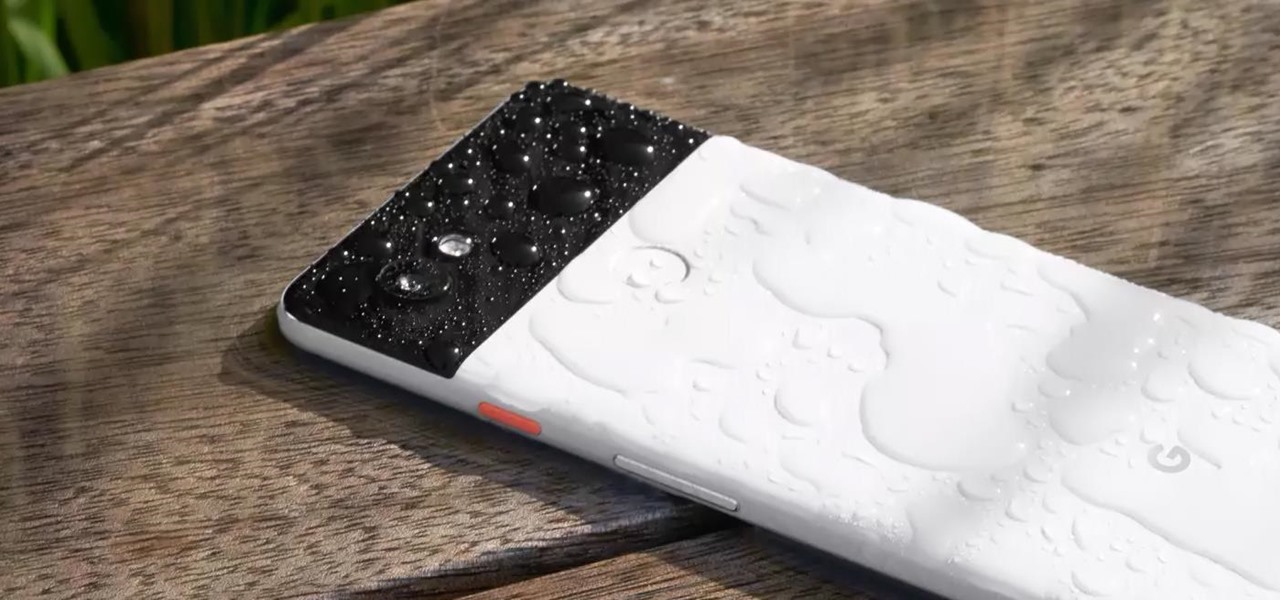Not to be outdone by Apple and it's new line of flagship phones, Google has followed suit and finally announced the followup to their highly regarded Pixel line of handsets — the aptly named Pixel 2. Thankfully, the tech giant has also joined in on the trend towards more durable devices, and has engineered both the Pixel 2 and Pixel 2 XL to have a rating of IP67 under the IEC standard 60529.
For those who are unfamiliar, IEC 6059 is a standard that's set by the National Electrical Manufacturers Association. It outlines a a series of tests that are performed following specific rules and regulations. A device is then given a corresponding IP rating based on its performance. To quote the standard:
This standard describes a system for classifying the degrees of protection provided by enclosures of electrical equipment for two conditions: 1) the protection of persons against access to hazardous parts and protection of equipment against the ingress of solid foreign objects and 2) the ingress of water. The degree of protection against these two conditions is designated by an IP Code.
The term "IP Code" is actually short for "International Protection Marking," though it has become more commonly known as "Ingress Protection." Either way you look at it, the IP system rates how well a smartphone fares against the elements — namely water and dust.

The numbers beside the "IP" prefix is where things get interesting, as they are actually two separate ratings in and amongst themselves. The first number shows how resistant a device is to dirt, dust, and other solid particles, while the second number represents the handset's resistance to liquid penetration.
Both the Pixel 2 and Pixel 2 XL earned an IP67 rating in the tests that were outlined by the IEC 60529 standard. Though this doesn't guarantee waterproofing, it does confirm the flagships' high degree of water-resistance, as shown in their high scores that's on par with current generation flagships from major competitors like Samsung and Apple. That said, let's break the numbers down:
- IP: This stands for "Ingress Protection," which is the rating system for the dust- and water-resistance of electronic devices.
- 6: The first digit signifies the rating for protection against dust, dirt, and other foreign debris. In the case of the Google Pixel 2 and Pixel 2 XL, "6" means the phones are entirely dustproof, which is pretty impressive.
- 7: The second digit is the water resistance rating. A "7" here means that the new Pixel 2 models can be fully submerged in water as deep as 1 meter for a period of up to 30 minutes.
Bottom line, a Pixel 2 or Pixel 2 XL has a great chance of surviving accidental drops into a toilet bowl, spilled drinks, or even exposure to sudden downpours. It's worth noting, however, that care should still be taken when around certain types of liquid, especially salt water and chlorinated pools, as their corrosive nature can compromise your handset's resistance to dirt and liquids.
While the IP code specifies how well a device protects against water and dust penetration, other factors such as chemicals or dissolved particulates aren't taken into account. Saltwater, chlorine, fluoride, and other contaminants can not only damage your phone's finish, but even corrode the rubber seals and gaskets that make the IP67 rating on the new Pixel 2 models possible.
As far as warranty coverage is concerned, Google makes no mention of any coverage stemming from water damage, so it would be best to assume the worst just to be on the safe side. Unlike Apple, Google doesn't explicitly state that they won't cover water damage, but still be careful when using the Pixel 2 and Pixel 2 XL around liquid. According to Google:
Pixel has a water protection rating of IP67 under IEC standard 60529. Charger and accessories are not water-resistant.
It's extremely important to note that you should never charge your Pixel 2 or Pixel 2 XL while it's wet. That might sound like common sense, but it's definitely something to keep in mind.
A competitive IP67 rating is a welcome sign that also shows Google's commitment to making beautifully engineered handsets that can compete with the latest devices Apple, Samsung, and LG, has to offer. Even still, it's always wise to keep your device safe from water and other liquids — no handset is truly waterproof, after all.
Just updated your iPhone? You'll find new emoji, enhanced security, podcast transcripts, Apple Cash virtual numbers, and other useful features. There are even new additions hidden within Safari. Find out what's new and changed on your iPhone with the iOS 17.4 update.



Be the First to Comment
Share Your Thoughts